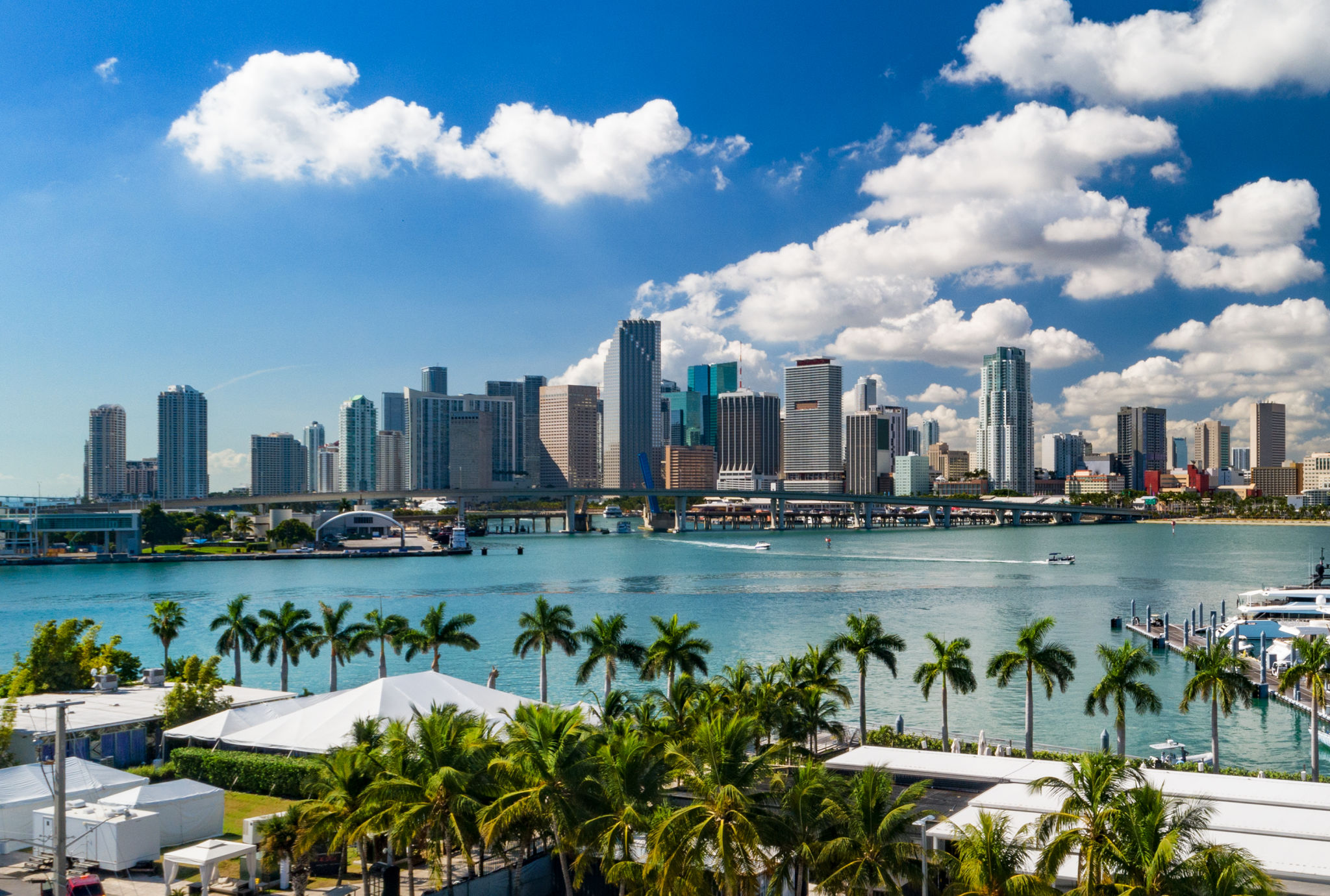Comparing Miami's Real Estate Investment Opportunities with Other U.S. Cities
Introduction to Miami's Real Estate Market
Miami has long been a hotspot for real estate investment, attracting both domestic and international investors with its vibrant culture, favorable climate, and strategic location. In recent years, the city's real estate market has seen significant growth, making it a compelling choice for those looking to diversify their investment portfolios. But how does Miami compare to other major U.S. cities when it comes to real estate opportunities?

Market Growth and Trends
One of the standout features of Miami's real estate market is its consistent growth. Over the past decade, property values have steadily increased, driven by a combination of demand from overseas buyers and local economic development. This trend is mirrored in cities like Los Angeles and New York, but Miami offers a unique advantage with its comparatively lower cost of entry, making it more accessible for new investors.
Moreover, Miami's real estate market benefits from a diverse range of property types, from luxury condos along the coast to family-friendly suburban homes. This variety allows investors to tailor their investments based on budget and risk tolerance, a flexibility that might not be as readily available in other high-demand markets.
Comparing Investment Potential
When comparing Miami with other U.S. cities like San Francisco or Boston, one must consider both appreciation potential and rental income. Miami's rental market is particularly strong, bolstered by a steady influx of tourists and short-term renters. This creates a reliable stream of income, especially for properties located near the beach or popular tourist areas.

In contrast, while cities like San Francisco boast high property appreciation rates, they come with significant challenges such as higher taxes and more stringent regulations. Miami's more investor-friendly environment often proves to be a deciding factor for those weighing their options.
Economic Factors and Job Market
The economic landscape of Miami also plays a crucial role in its appeal. The city is a hub for international trade, finance, and tourism, providing a robust job market that attracts a diverse workforce. This economic diversity reduces the risk of market volatility compared to cities heavily reliant on a single industry.
Furthermore, Miami's ongoing infrastructure developments and investments in public transportation are expected to enhance property values over time. This growth potential positions Miami favorably against cities like Chicago or Washington D.C., where growth may be more stagnant.

Quality of Life and Lifestyle
Beyond financial metrics, quality of life is an essential consideration for real estate investors, especially those looking at long-term gains. Miami offers an unparalleled lifestyle with its beaches, entertainment options, and cultural diversity. This lifestyle appeal attracts not only tourists but also permanent residents, increasing demand for housing.
Cities like New York or Seattle might offer similar urban experiences but often at a higher cost of living. Miami provides a balance of affordability and lifestyle benefits that few other cities can match.
Conclusion
In conclusion, while each U.S. city presents unique opportunities and challenges for real estate investment, Miami stands out for its growth potential, economic stability, and lifestyle advantages. Investors looking for a dynamic market with diverse opportunities will find Miami to be a worthy contender when compared to other major metropolitan areas.
Whether you're seeking steady rental income or long-term appreciation, Miami's real estate market offers a compelling mix of benefits that make it a standout choice in the competitive landscape of U.S. real estate investment.